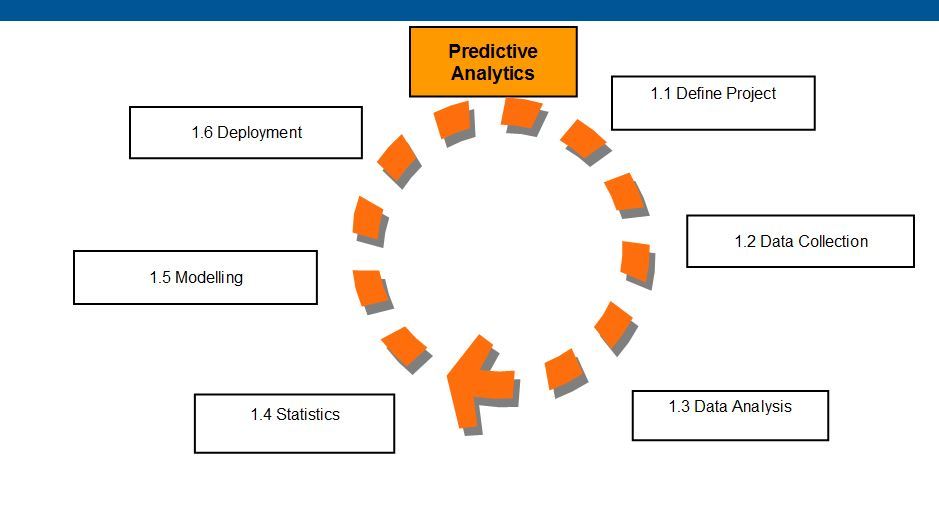
This piece covers a number of use cases about the adoption of predictive analytics in various functional areas. Let's get started by diving into these right away.
The U.S. special forces use predictive analytics to assess and decide on candidates for an open position. After identifying a host of factors, the question that needs to be answered is, 'how much does each factor matter?'. A good target variable is to consider an optimum pool of people who have stayed and succeeded and then identify the more important factors based on this pool. Acceptable trade-offs can be found with a model that gives pertinent weightage to questions more vital to say intelligence & training, assuming that those are among the key factors for the position that is sought to be filled.
Big retailers are always looking to minimize the churn factor. Churn is the phenomenon where businesses lose existing customers to competition and have to compensate by acquiring new customers to make up for the loss. Since the cost associated with acquiring new customers is much higher than that for retaining existing customers, several large retailers use predictive analytics to prevent churn as far as possible by first identifying signs of dissatisfaction among their customers and then identifying those customers or customer segments that have the highest risk of leaving. Using this information, they then proceed to make the necessary changes that would minimize the risk of these customers or customer segments leaving, thus minimizing churn.
It is very difficult for service providers to be present everywhere, all the time, more so in the online world. Likewise, capturing & reviewing everything that is said about your product and organization is a near-impossible task. A workable alternative to this can be found by combining web search and web crawling tools with customer feedbacks, posts and comments in various social media networks and using predictive analytics to do sentiment analysis. This would give the organization a fair idea of its reputation and standing and that of its product in key markets and across major demographic segments. It would also help in coming up with proactive recommendations about what the organization needs to do to enhance that reputation and improve its standing.
- Call routing ( determining wait times & optimizing them at various times during the day ).
- Message optimization ( putting the right data on the operator's screen ).
- Volume forecasting ( predicting call volumes for the purpose of staff rostering ).
Some more use cases of Predictive & Big Data Analytics can be viewed and heard in this Hangout conducted by us awhile ago.
Predictive & Big Data Analytics is being used increasingly across various domains and functions in a host of organizations eager to regain, maintain or sharpen their competitive edge. With the recent Forrester Research findings that companies using Predictive Analytics are making more money than those that aren't doing so yet, adoption of Predictive Analytics is increasingly becoming a necessity rather than an option for twenty-first century businesses.
Comments
Post a Comment